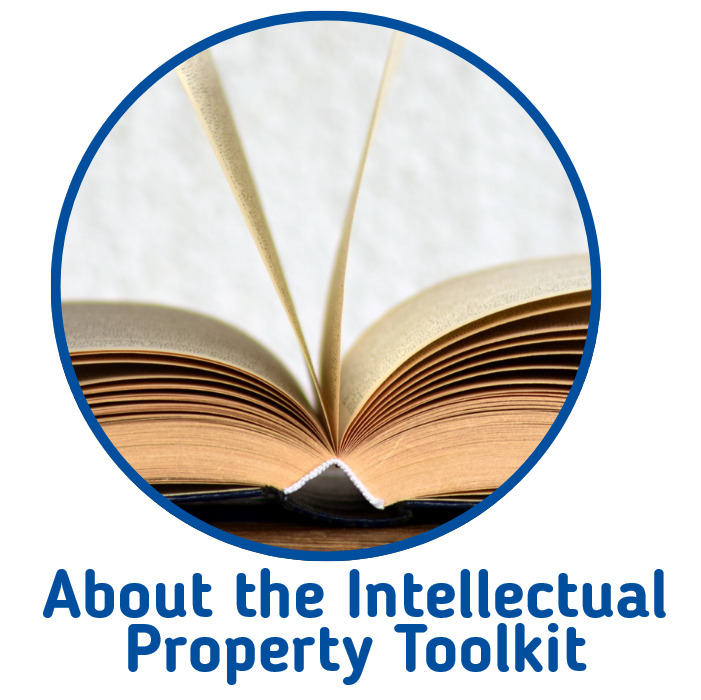Sustainability
Teaching or embedding sustainability
Accreditation of Higher Education Programmes
Higher Education
Guidance
Teaching and learning
Competencies
Employability and skills
Collaboration
Students
Assessment criteria or methods and tools
Equity Diversity and Inclusion
Pedagogy
Curriculum or Course
Student support
Accreditation and standards
UNESCO Integrated problem-solving competency
Ethics
Communication
Interdisciplinary or multidisciplinary
Case study
Blog
Professional development
Higher Education Institutions
UNESCO Systems thinking competency
Job or career impact
UNESCO Critical thinking competency
UNESCO Collaboration competency
Climate change
Knowledge exchange or transfer
Local community
Teaching or embedding ethics
University and industry relations
Intermediate
Mechanical engineering
Social responsibility
Chemical and process and energy engineering
Apprenticeships or Work based learning
Workplace culture
Learning Outcomes
Early Careers
Sustainable Development Goals
Civil engineering
Inclusive or Responsible design
Respect for the environment
Energy transition
Other teaching aid
Business or trade or industry
Leadership or management
Engineering professionals
UNESCO Self-awareness competency
Ethical dilemma
Engineering design
Global responsibility
Enterprise and Innovation
UNESCO Normative competency
Personal or professional reputation
Electrical and electronic and computer engineering
Recruitment
Undergraduate
Chemical engineering
STEM
Mentoring
UNESCO Strategic competency
Neurodiversity
CVs and cover letters
Digitalisation
Water and sanitation
UNESCO Anticipatory competency
Energy engineering
Beginner
Information Technology and systems sciences and computer software engineering
Artificial intelligence
Electrical engineering
Recycling or Recycled materials
Gender
Environmental engineering
Recruitment and admissions
Future generations
Corporate Social Responsibility
Technical integration
Circular economy
Access and participation
Cultural competency
Information and Digital literacy
Problem solving
News or events
Stakeholders
Risk
Biodiversity and Conservation
Societal impact
Production and manufacturing engineering
Economic Growth
Interviews
Manufacturing engineering
Professional conduct
Construction
Computer science
Placement
Writing skills
Computing
Ethical awareness
Decarbonisation
Funding Higher Education
Project-based learning
Bloom’s Taxonomy
Digital engineering tools
Software engineering
Built environment
Research
Widening participation
Accessibility
Problem-based learning
Role-play
Advanced
Aeronautical and aerospace engineering
Electronic engineering
Materials engineering
Disability
Everyday ethics
Law or Policy
Mineral and metallurgy and materials engineering
Data engineering
Networking
Public health and safety
Health
Mechatronics or Robotics
Advocacy
Project brief
Life cycle
Information systems
Conflicts with leadership
Personal values
Deaf awareness
Bias
Data and statistics
Academics
Natural resource management
Water quality control
Quality Assurance
Technology
Healthcare
UK Standard for Professional Engineering Competence and Commitment
Active learning
Biochemical engineering
Conflicts of interest
Funding or investment
Case enhancement
Ethical motivation
Honesty and transparency
Legal implications
Justice
Electrical power
Complex Systems
Carbon capture and storage
Virtual Learning Environment
Schools
Regulation
Environmental impact assessment
Ethical analysis
Report or study
Privacy
Energy production
Public good
LGBTQ+
Accuracy and rigour
Ecosystem
Regional development
Environmental impact
Aerospace engineering
Integrity
Quality Assurance Agency for Higher Education
Statement of Ethical Principles - RAEng and Engineering Council
Engineering Deaf Awareness Project
Informed consent
Systems engineering
Nigeria
Decision-making
Internationalisation
Data security
Debate
Systems change
Macroethics
Infrastructure
Aeronautical engineering
Battery technologies
Rural development
Financial burdens or limitations
Royal Academy of Engineering
Sweden
Global reach
Intellectual property
Plastic waste or pollution
Urban planning
Mathematical problems
Small and Medium Enterprises
Ethical judgement
General and non-specific or other engineering
Best practice
Waste management
Whistleblowing
Ethical reasoning
Microethics
Practice Maturity Model
Advance HE
Professional codes of conduct
Falsifying or misconstruing data or finances
Accountability
Timber
Transport engineering
Timber engineering
Misuse of data
Respect for the law
Engineering Council
Wales
Ethical sensitivity
Scotland
General Data Protection Regulation
Misinformation or disinformation
Workshop
Electric vehicles
Research and development
Heuristics
Bribery
Northern Ireland
Makerspaces
Engineering for One Planet
Materials sourcing
Dignity
Client brief
Space technology
Microsoft Office
Captions or subtitles
Social mobility
Smart technologies
Pollution
India
Project management
Protest
Student project
Mathematics
Engineering Business
Tether diagram
Postgraduate
Ethical knowledge
Environmental social and corporate governance
Ethical theories
Racial profiling
Facial recognition
South Africa
Bioengineering and medical and biomedical engineering
Respect for life
Fossil fuels
Heritage buildings
Smart meters
Glass
Human Rights
Autonomy
Biomedical engineering
Engineers Without Borders
Supply chain
Food production
West of England
Job creation
West Midlands
Heat pumps
Fuel poverty
Modern slavery
Biomaterials
Older people
Ghana
Computer systems engineering
Accreditation Board for Engineering and Technology
Automotive engineering
Structural engineering
Railway engineering
Data and source reliability
Geoengineering
National Engineering Policy Centre
Maintenance
Architectural engineering
Nuclear
Trigger warnings
Wind power
Discovery or invention
Yorkshire and the Humber
Sports
Auxetics
New Educational Model
Virtual Reality
Privilege
Research and Technology Organisations
Building Information Modelling
Guest lecturer
North West
North East
Microplastics
Key Performance Indicators
Active verbs
Aid
Curriculum map
Ireland
Solar energy
Thermodynamics
Professional Engineering Institutions
Power Electronics Machines and Drives
Good practice







